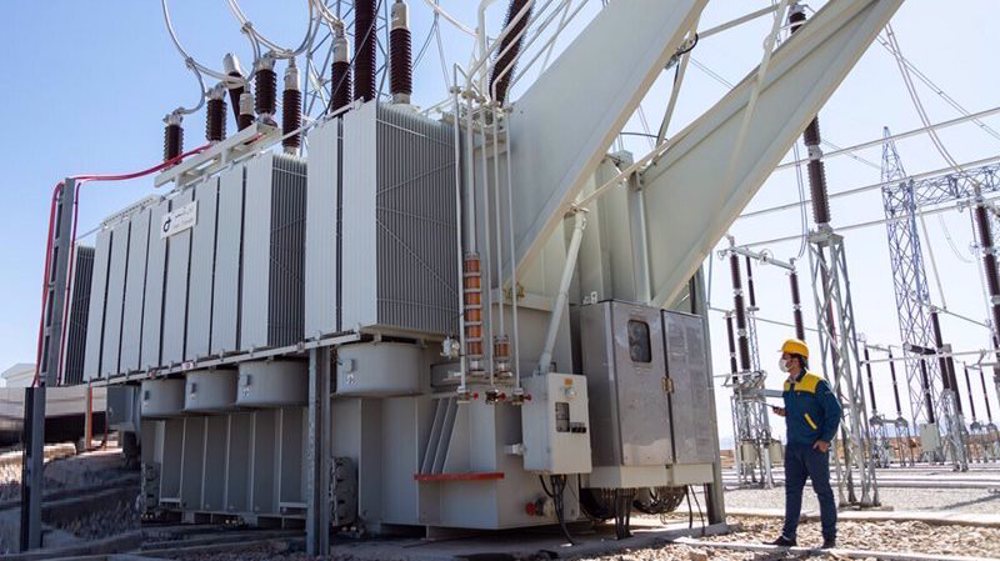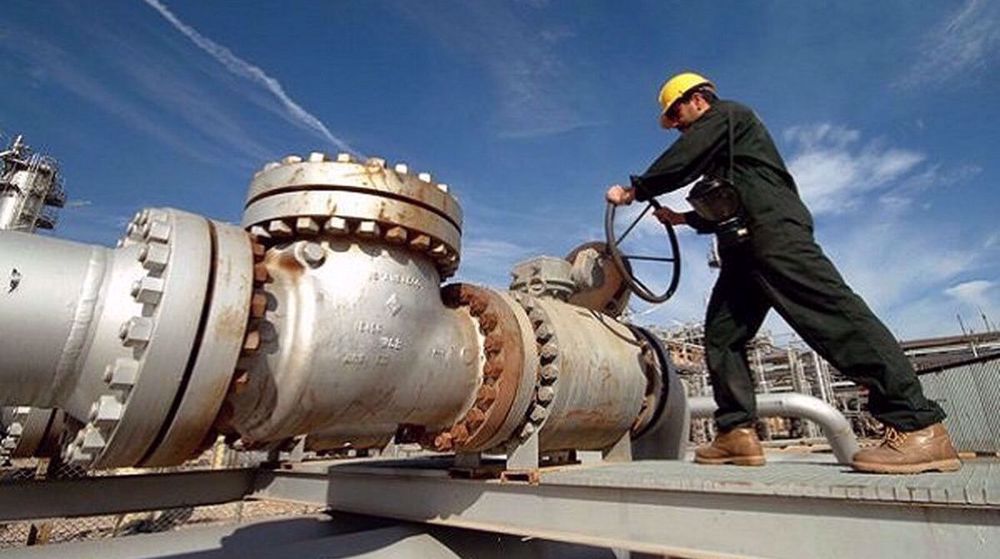Why Iran’s transit of Russian gas is so important
A June deal to receive 300 million cubic meters of Russian gas daily enables Iran to position itself as an energy hub and a regional leader in energy diversity.
One of the most frequent questions about gas import from Russia is why Iran, as the second-largest holder of natural gas reserves in the world, should ever import gas. The simple answer is that the lack of sufficient investment in development of gas fields and the runaway increase in industrial and domestic consumption of gas is a drain on production.
In recent years, the consumption in the cold and very hot seasons of the year has steadily trended upwards, forcing Iran to resort to partial cutoff of gas exports, seasonal shutdown of some energy-intensive industries, and burning of expensive diesel or low-quality furnace oil in some power plants to produce electricity.
Energy diplomacy is used in today’s world to secure and promote the national and international security of nations. Iran is well suited to utilize its oil and gas resources and capacities in a manner to secure an appropriate place commensurate with its true potential in order to play a meaningful role in the international community and consolidate its national and international security.
The Ukraine war was a massive and historic energy shock which upended global energy markets. While the US and the Europeans tried to cut Russia's revenues by imposing a price ceiling on crude oil and oil products, Moscow responded by moving its export market to China, India, Turkey, and the UAE.
Russia’s attempt to do the same with its gas exports, however, hit the wall of political and technical limitations. In 2023, Gazprom increased gas supplies to China via the Power of Siberia to 22.7 billion cubic meters from 8.2 billion cubic meters in 2021. The increase in exports to the countries of the Caucasus and Central Asia also fell short of 5 billion cubic meters a year.
The overall figure was a fraction of gas which Russia exported to Europe. Russia exported 244 billion cubic meters of gas a year, which fell to 142 billion cubic meters in 2023 after the war began. More than 55% of Russia's exports or about 140 billion cubic meters went to Europe, which tumbled to 27 billion cubic meters in 2023.
Currently, there is about 95 billion cubic meters of excess export capacity in the Russian gas sector, where the strong need for new export markets combined with the war pressure on state coffers gives Iran a unique chance to establish itself as a new energy hub.
Most of Iran's neighbors suffer from insufficient gas supplies. According to statistics, there is a capacity to export 25 billion cubic meters a year to Turkey, another 25 billion cubic meters to Iraq, 10 billion cubic meters to Pakistan and 10 billion cubic meters to Oman.
The necessary infrastructure is already available across some of these countries, while others need to develop and construct pipeline and distribution system. Hence, there is a potentially strong market on Iran’s doorsteps for imports of gas produced in Russia.
Nevertheless, one should not look at regional energy cooperation purely from an economic prism since the security and political benefits of developing this cooperation and creating mutual dependence in the field of energy are a very valuable issue.
Given the significance of natural gas imports from Russia, it is safe to say that one of the most important projects in Iran’s energy and foreign policy is in the offing. Its economic, foreign policy and security dividends are so vast that it should be treated as national imperative and not be allowed to wane in bureaucratic administrative twists and turns.

Iran mulls buying oil from Azerbaijan amid warming ties: Report

Iran more than halved its power grid losses to 10% in 16 years: Expert

Iran, Russia agree to transfer gas via Azerbaijan: Minister
Yemen warns US, West: We have 8 million fighters ready, may expand our war
Gaza’s humanitarian crisis deteriorating ‘beyond imagination’: UN chief
US announces new Iran sanctions despite ongoing nuclear talks
Iraqi MP files lawsuit against Syria’s leader Julani over 'terrorist' past
Iran urges Germany to probe wartime supply of chemical weapons to Iraq
Over 65,000 children hospitalized for malnutrition as Israel starves Gaza
Hamas condemns Gaza blockade as war crime, demands global action
At ICJ hearings, South Africa says Israel committing genocide with 'impunity'







 This makes it easy to access the Press TV website
This makes it easy to access the Press TV website